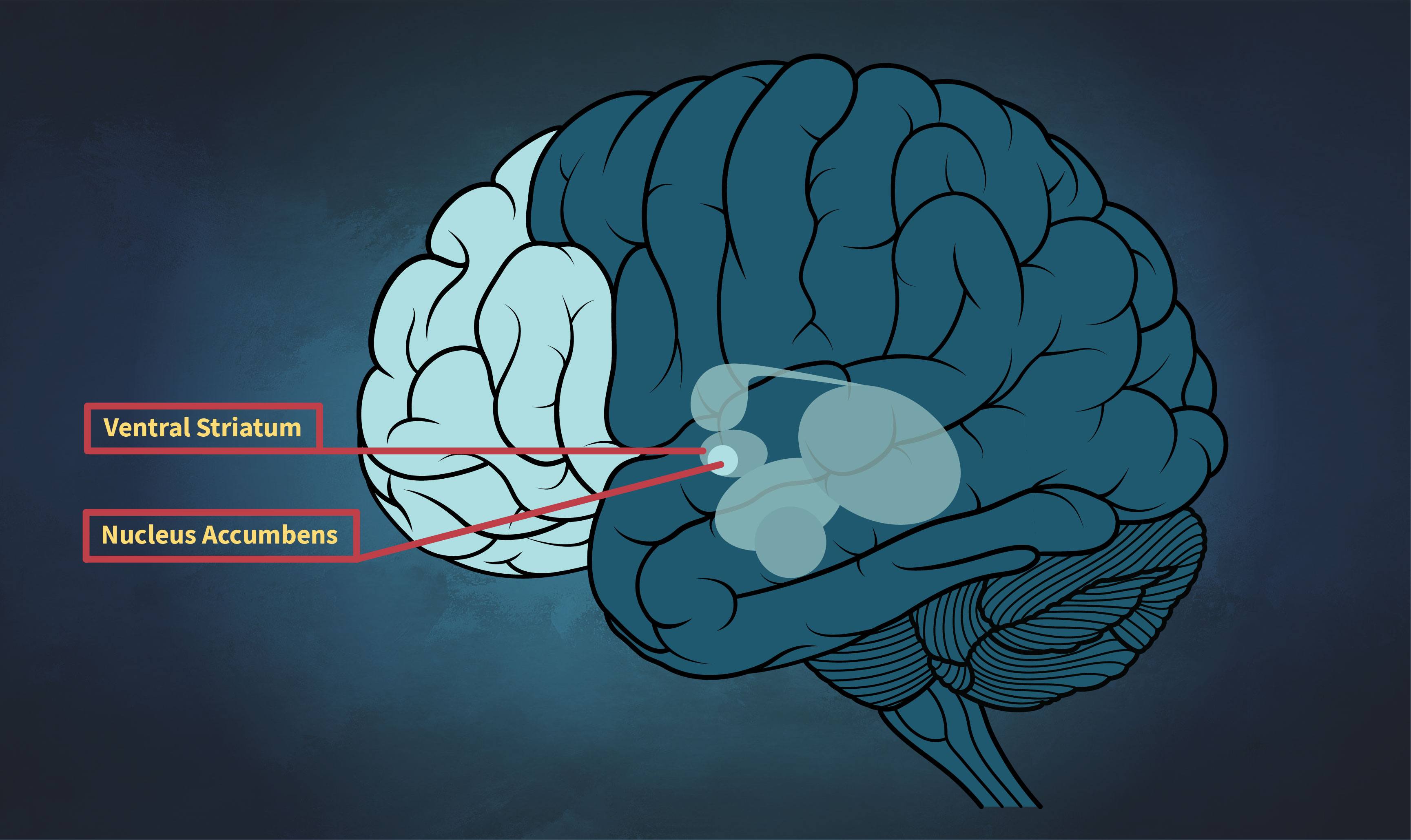Although the brain has reached its full adult size by about 12 years of age, there are significant developmental changes that continue to occur until about 25 years of age. Understanding how brain development and function influences decision making and behaviour is highly relevant to our workforce because currently 80% of ab-initio trainees and 25% of SERCAT 7 trained forces represent this demographic.
Did you know? The developments occurring within the brain during youth can impact the emotional responses of our younger workforce. Youths are generally more driven by their emotions than adults. Sometimes the younger workforce act impulsively and without consideration of the consequences. Additionally, their ability to empathise may not be fully developed. This makes it hard for them to see things from another person’s perspective. Further, a young person's ability to think rationally and deliberately may be hindered. Instead, their reactions are often based on their emotions and a fight, flight or freeze response. This can significantly impact their ability to learn, as learning requires slow, deliberate thinking. Interestingly, youths also respond differently to rewards compared to adults and children. They are not motivated by the same things as other age groups. All of these things are influenced by developmental factors occurring in their pre-frontal cortex and amygdala, and reward response within the nucleus accumbens and ventral striatum.


So what? Strategies to assist when working with youths, particularly if you are in an instructional or coaching position include:
- Incorporating youths' perspectives into your explanations and examples.
- Removing fear from learning.
- Allowing learning to occur from mistakes.
- Providing praise and constructive criticism immediately following the behaviour or action that was demonstrated.
- Using short term-extrinsic rewards.
Below is a list of resources designed to inform and transform the way you approach interacting with our younger workforce. This information is particularly useful for those in leadership positions or instructional postings, as it may influence the decisions and strategies you implement when dealing with our serving youth. Interestingly, this information challenges common military approaches and may be the first step in modifying engrained practices that are proven to be ineffective.
Our desire is that these resources will be the first step in enhancing your understanding and lead to both personal and professional growth. We encourage the sharing of further insight, resources, discussion and debate related to this area based on your experiences.
As you progress through these resources, record your thoughts, impressions and questions related to our Adolescent Learning and Understanding Our Younger Workforce.
To extend your learning further in this area, why not explore our Brain and Behaviour or Neuroleadership Cove+ units, available to current serving members on ADELE(O:S).
Adolescent Learning: Youth Brain Development, Behaviour and Learning (16mins)
ADELE(O:S) Course: Understanding Our Younger Workforce (30-45mins)
Note: This course is only available to current serving members.
Cove Talk: Adolescent Learning by COL Brad Kilpatrick (1hr:26mins)
Cove Clip: Adolescent Learning by COL Brad Kilpatrick (6mins)
Note: This is a snapshot of COL Kilpatrick's long-form presentation.









